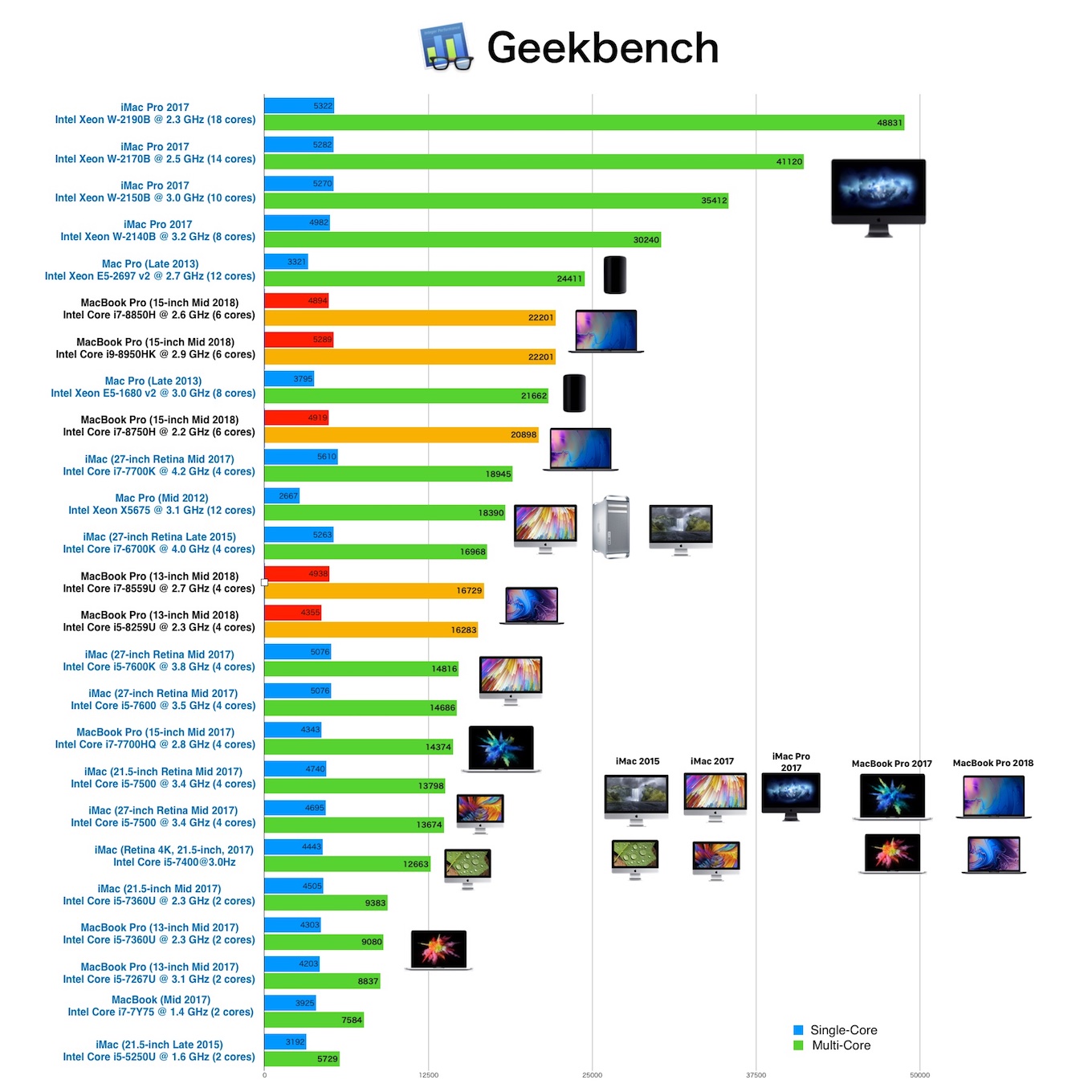

Poole wrote “For the 13-inch models, single-core performance is up 3%-11%, and multi-core performance is up 81%-86%. Both processors have 4 cores, up from 2 cores in the equivalent mid-2017 model. The 13-inch version of this new macOS laptop is available with either an Intel 4.5 GHz Core i7 processor or a 3.8 GHz Core i5.


Since the underlying processor architecture hasn’t significantly changed between the 20 models, the increases in performance are due to higher Turbo Boost frequencies, more cores, and DDR4 memory,” wrote Poole. “For the 15-inch models, single-core performance is up 12-15%, and multi-core performance is up 39-46%. Each has 6 cores, up from 4 processor cores in the equivalent mid-2017 MacBook Pro. MacBook Pro (15-inch Early 2011) Motherboard: Apple Inc. Lga 2011 Atermiter X99 4 Ram Motherboard For E5 2698 V3 V4, Find Complete. 15-inch 2018 MacBook Pro performanceĪpple offers the latest 15-inch MacBook Pro with three processor options: a 4.8 GHz Intel Core i9, a 4.3GHz Core i7, and a 4.1 GHz Core i7. 2012 Apple Mac mini IMAC Macbook pro memory ram 16GB 8GB 4GB DDR3 1600. Poole is the Founder of Primate Labs, the developer of the widely-used Geekbench cross-platform CPU and GPU benchmarking tool.
#2011 macbook pro geekbench 4 upgrade#
“The 2018 MacBook Pro is the most substantial upgrade (at least regarding performance) since the introduction of quad-core processors in the 2011 MacBook Pro,” wrote John Poole in a Geekbench blog post. Benchmark results for a MacBook Pro (17-inch Late 2011) with an Intel Core i7-2760QM processor.


 0 kommentar(er)
0 kommentar(er)
